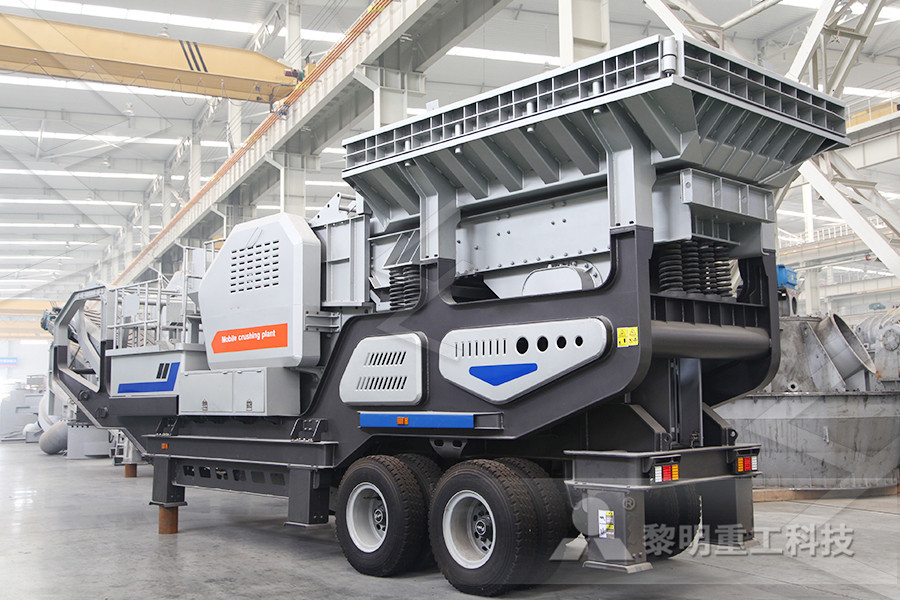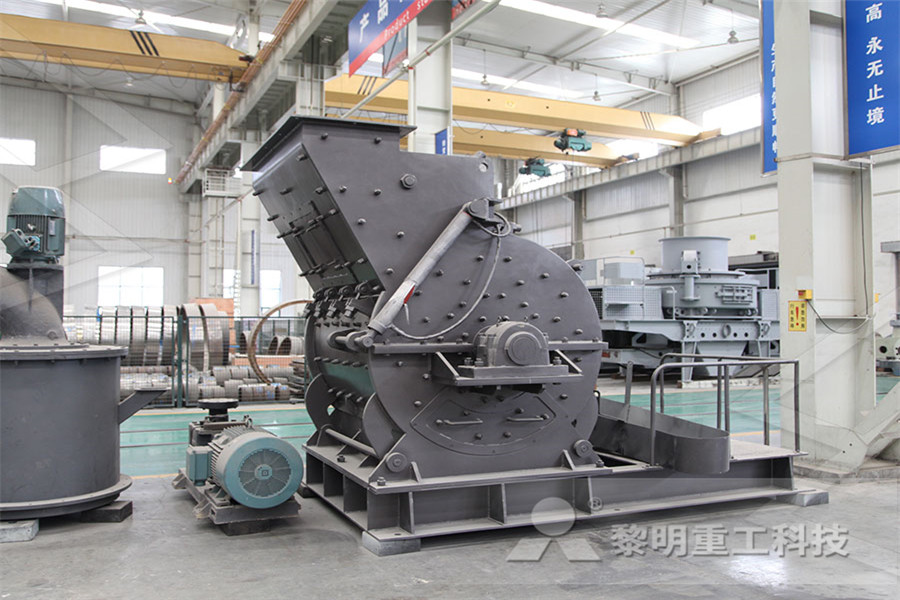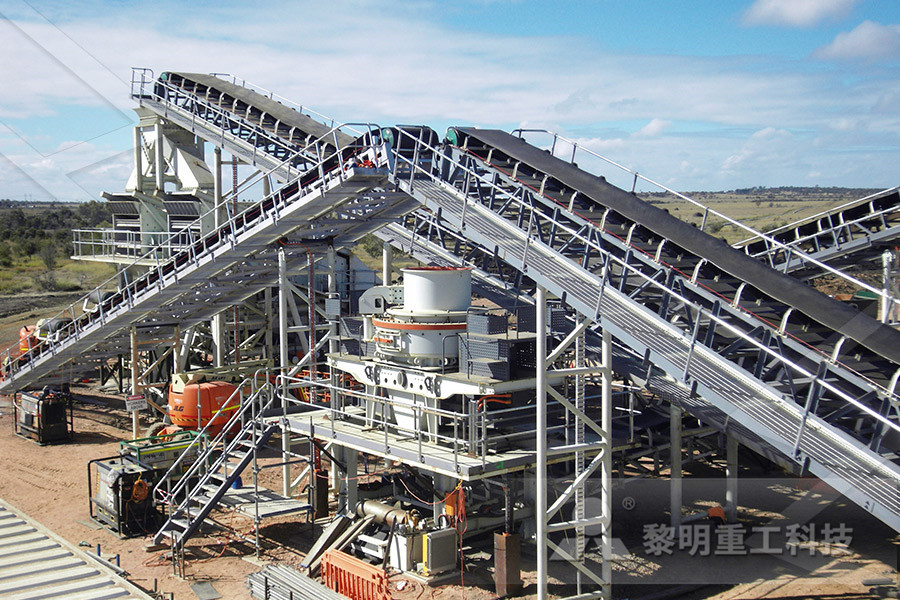
Cement Plants: Waste Fuels
Many cement plants have adjacent landfills as part of their quarry restoration programme, and in some instances, gas that would otherwise be burned is collected and used as fuel Kiln fuel was supplemented by this means at both Norman and Swanscombe from 1983 onwards All of SIG’s cement plants now operate on alternative fuels 09 February 2021 PT Semen Indonesia Tbk (SMGR) has released a goal of getting all of its cement plants to operate on alternative fuel This effort will also support the government’s aim of All of SIG’s cement plants now operate on alternative Cement accounts for at least 5 percent of anthropogenic emissions of greenhouse gases, and, according to some estimates, this share may be even higher At the same time, energyrelated expenses in the cement sector, mostly on fossil fuels and electricity, account for 30 to INCREASING THE USE OF ALTERNATIVE FUELS AT Cement is considered one of the most important building materials around the world Cement production is an energyintensive process consuming thermal energy of the order of 33 GJ/tonne of clinker produced Electrical energy consumption is about 90 – 120 kWh/tonne of cement (Giddings, et al, 2000; European Commission [EC] 2001) Historically, the primary fuel used in cement Alternative Fuels in Cement Manufacturing IntechOpen In June 2010, the MR cement factory started to replace fossil fuel (basically sewage sludge, animal flour, and biomass) by alternative fuel to meet the energetic requirements of the plant The substitution rate gradually increased until reaching 20 % of the calorific power needed by the cement kilnAlternative Fuel Implementation in a Cement Plant:

Cement Plant an overview ScienceDirect Topics
Cement Plant Cement plants prefer to use one particular type of alternative fuel (or maybe two) as they cannot install handling and feeding equipment that suits a number of different types of AFs From: Designing Green Cement Plants, 2016 Related terms: Fossil Fuel; Carbon Capture; Blended Cement; Flue Gas; Kilns; Alternate Fuel; Cement Kiln; Cement Production Pulverized solid fuel use at cement plants in North America is universal and includes bituminous and subbituminous coal, petroleum coke, and any combination of these materialsRecommended guidelines for solid fuel use in cement Cement manufacturing is a very emissionsintensive process Approximately half of the emissions come from the chemical reaction that converts limestone into clinker, the active component in cement Another 40% comes from burning fuel, and the final Alternative Fuel Use in Cement Manufacturing Mexico: Cemex plans to start using hydrogen as part of its fuel mix at its cement plants around the world in 2021 The estimated cost of the rollout is US$40m The company says it completed the deployment of its hydrogen technology across all of its cement plants in Europe in 2020 following trials at the Alicante Cement Plant in Spain in mid 2019Fuel Cement industry news from Global Cement 2010 survey, Essroc Cement Co’s Essexville grinding plant ceased operations and Essroc’s grindingonly facility in Nazareth, PA was combined with their clinkerproducing plant – bringing the number of grindingonly plants to seven US cement manufacturing is primarily a fossil fuel fired industry with 917% of all plants using coal,US Portland Cement Industry: Plant Information Summary

Lindner fuels one of Europe’s largest cement plants
Vassiliko Cement Works is among the biggest industrial players in the island state and operates one of the largest and most advanced cement plants in Europe near Mari, between Limassol and Larnaca To ensure the amount of energy needed to produce approximately 6,000 metric tons of clinker per day, the company relies on resourcesaving Many cement plants have already adopted some alternative fuels, But SERF allows operators to go coal free with no capital investment SERF is specifically designed to mimic the characteristics of coal allowing for use of the same fuel delivery, preparation and combustion infrastructure, without modification and resulting in the same combustion characteristics, but with a substantial green SERF Alternative Fuel for Cement Plants Helvellyn Pulverized solid fuel use at cement plants in North America is universal and includes bituminous and subbituminous coal, petroleum coke, and any combination of these materials Provided are guidelines for the safe use of pulverized solid fuel systems in cement plantsRecommended guidelines for solid fuel use in cement PT Semen Indonesia Tbk (SMGR) has released a goal of getting all of its cement plants to operate on alternative fuel This effort will also support the government’s aim of All of SIG’s cement plants now operate on alternative Coprocessing of refusederived fuel (RDF) presents to the urban local bodies an option for environmentally sound management for nonbiodegradable, nonrecyclable organic waste as well as opportunity to reduce emissions due to fossil fuels used in cement kilnsCoprocessing of RDF in Cement Plants SpringerLink

Emirates RDF helps cement plants save up to 30 % in
Emirates RDF, the first Refuse Derived Fuel plant in the United Arab Emirates, diverts waste from the landfill from 0,5 million inhabitants in the emirates of Ajman and Umm Al Quwain From the waste, 80% is converted into lowcarbon alternative fuel to be used in cement plants in the area Coke Data Home; About this site; About cement; List of plants; Raw materials; Kilns; Other technical advances; Trends in innovation; Sources; Coalderived coke was the fuel used in most static kilns and so was the dominant fuel in the cement industry in the nineteenth century Coal could not be used in static kilns in which the fuel is fed in with the raw material, mainly because, during the Cement Plants: Coke MANILA, Philippines — San Miguel Corp (SMC) will utilize its plastic waste to fuel its cement manufacturing facilities as part of its sustainability efforts SMC affiliate Northern Cement Corp Plastic waste to fuel SMC cement plants MSNMachinery used in this field are oil fuel burnersThey are used for the hot air produced both during the exsiccation of the raw materials and the supply of the fuel to the oven The equipment is mounted on the final part of the rotating oven, so to allow the material produced by the combustion to run in the opposite direction than the drying one Based on the production methods used by the Flow Burner: Industrial burners for cement plants The number of cement plants utilizing scrap tires as a supplemental fuel has risen dramatically over the last 19 years Figure 1 shows the increase in portland cement plants utilizing TDF [PCA 1995, 2002, and 2007a] As of 2006, state and local environmental agencies have approved the use of TDF at 48 plants in 21 states (Table 1)Portland Cement Association Sustainable Manufacturing

Alternative Fuel Use in Cement Manufacturing
Alternative Fuel Use in Cement Manufacturing 4 Executive summary Tackling climate change by reducing greenhouse gas (GHG) emissions is an urgent global priority Ontario’s cement sector is looking to do its part to help by seeking opportunities to reduce their GHG emissions Cement manufacturing is a very emissionsintensive process Cement Association 2006) In the US, as of 2006, 16 cement plants were burning waste oil, 40 were burning scrap tires, and still others were burning solvents, nonrecyclable plastics and other materials (Portland Cement Association 2006) Cement plants are oftenUse of Alternative Fuels in Cement Manufacture: Analysis Pulverized solid fuel use at cement plants in North America is universal and includes bituminous and subbituminous coal, petroleum coke, and any combination of these materials Provided are guidelines for the safe use of pulverized solid fuel systems in cement plantsRecommended guidelines for solid fuel use in cement PT Semen Indonesia Tbk (SMGR) has released a goal of getting all of its cement plants to operate on alternative fuel This effort will also support the government’s aim of All of SIG’s cement plants now operate on alternative This fuel switching option, if deployed across all UK cement manufacturing sites at current cement production levels, would require over 12 million tonnes of biomass fuel (compared to 68k tonnes of 100% biomass fuels used in 2018)Options for switching UK cement production sites to near

Cement Kilns: A Ready Made Waste to Energy
Nearly all cement plants have received permits from their local regulators to coprocess these waste derived materials The infrastructure built at the cement plants to handle these imports from Germany, and the experience of operating the cement kilns with these alternative materials, were accelerating factors in Poland's recent developments3 Integrated Cement plants 25 Quarries 28 Readymix plants 1 Cement grinding plant 2 Processed engineered fuel facilities 3 Import Terminals 1 Dry mortar plant SOUTHEASTERN EUROPE Albania, Bulgaria, Kosovo, N Macedonia Serbia PRINCIPAL PRODUCTS/ACTIVITIES Cement Readymix GLOBAL LOCATIONS TITAN TITAN CEMENT The GMI Global, LLC, organized a two day conference, Cement Business and Industry (CBI), India and South Asia, at Mumbai, on 910 October 2013 The venue was Hilton International Airport Hotel Dr J D Bapat gave a presentation on “Petcoke as Fuel for Cement PETCOKE AS FUEL FOR CEMENT PRODUCTION: Indeed, the cement plant of the future will operate in a drastically different way than today’s plants In this article, we describe our vision for a resilient, agile, green, and efficient plant as well as the business impact and strategic considerations that senior leaders should consider when determining the industry’s path forwardDigitization and the future of the cement plant Portland Cement Association (PCA) represents 93% of US cement manufacturing capacity with over 90 plants in 32 states and distribution facilities in every state in the continental US Cement or concrete? Concrete is basically a mixture of aggregates and paste The aggregates are sand and gravel or crushed stone; the paste is water and cementLOUISIANA CEMENT INDUSTRY